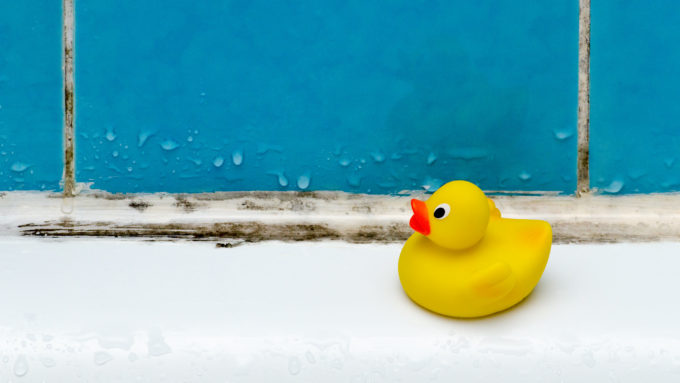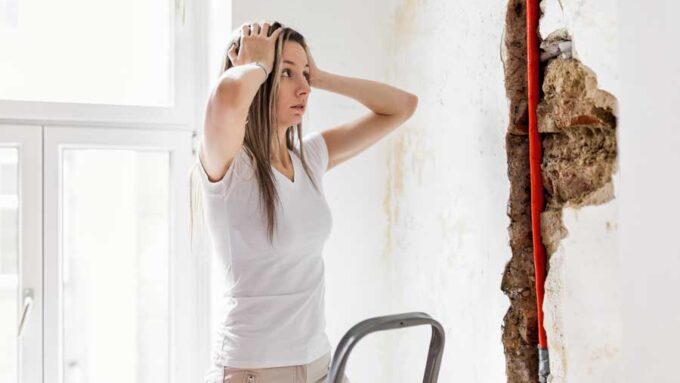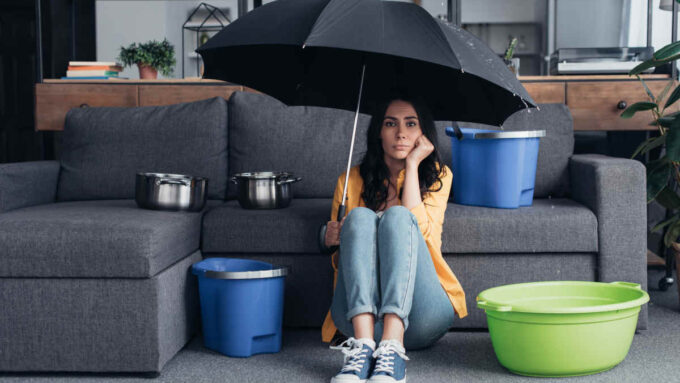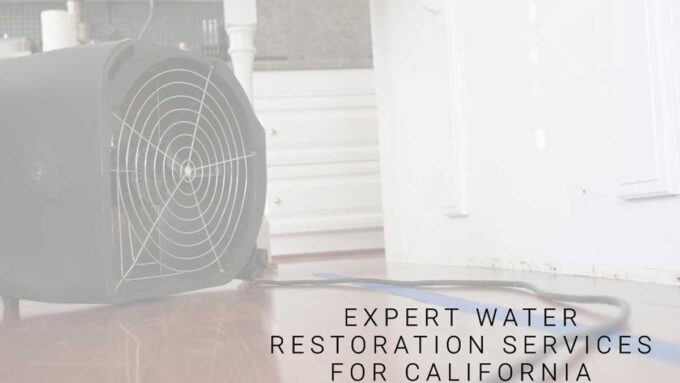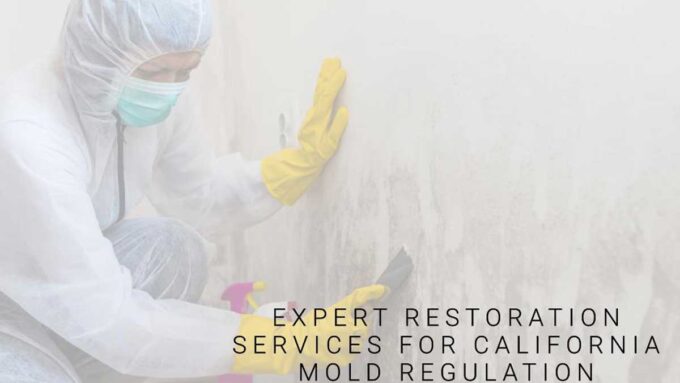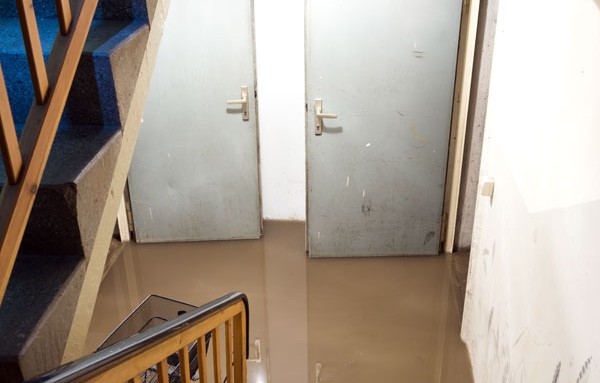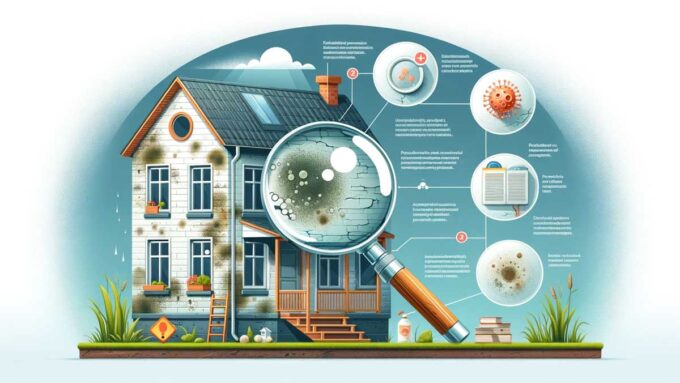As the adage says, an ounce of prevention is worth a pound of cure. This statement by Benjamin Franklin still rings true today in many life situations. One place where prevention is definitely worth the trouble is in your bathroom, where moisture and dampness can create unhealthy and unsightly mold. Obviously, you can’t expect the one room in the house that is most prone to moisture and frequented by everyone to remain completely dry. Still, there are ways to ensure that the wet conditions that do occur don’t cause you unnecessary grief or money. This article will discuss some preventive measures you can take to beat mold to the punch while keeping your family healthy. First, you need to know how to track down existing mold in your home.
Sources of Mold
Understanding how to prevent mold begins with knowing where it comes from in the first place. The truth of the matter is that this fungus is a part of the Earth’s natural environment, and its airborne nature makes spreading easy. Warm environments like Sonoma are ideal for mold spore growth, and those spores can enter your home on outside air through your HVAC system. By the time mold shows up in your bathroom, it has likely already been forming in other damp areas in your home, such as a ventilated crawl space below the bathroom. If you suspect that mold is forming somewhere else first, contact your local mold remediation specialist to locate and remove the source.
Because it offers perennial dampness for mold to thrive, its formation can become a bigger problem in the bath than in other rooms, especially if there is no exhaust fan for ventilation. Leaks from pipes, sinks or toilets are additional sources of mold growth, and damp rugs, porous grout, wood, and wallpaper are common culprits as well.
Preventing Future Infestation
Since mold formation can begin in other rooms besides the bathroom, the whole house should be included in your prevention regimen. Here are some tips for avoiding additional growth once you have located the source and reduced the threat.
- Replace HVAC filters on a regular basis and try to use HEPA filters when possible. This will keep the vents cleaner, which results in cleaner air for your family to breathe. When you can see mold growing within the intake vents and around the air ducts and drip pans, it’s time to call a professional. Annual maintenance on the whole system is also recommended.
- Know the signs of mold growth in air ducts: A strong musty or mildew-like smell throughout the house or feeling irritation in your nose, throat, and eyes when your air conditioner is on are all indicators of mold growth. Experiencing allergic symptoms including a runny nose, rashes, and watery eyes are giveaways of the possibility of a problem, as well as unexplained headaches, feeling nausea, fatigue, and dizziness only when you are home.
- Use a vacuum cleaner with a HEPA filter, and keep furniture and drapes dusted.
- If you live in a warmer climate, humidity can be a contributing factor in mold growth, so investing in a dehumidifier can help prevent future issues.
- Wash or replace your mildew-resistant shower curtain frequently. Vinegar applied to the curtain and allowed to air-dry after each use helps to reduce mildew growth as well. You might consider adding an oil to cut the smell.
- When you shower or bath, use your bathroom ventilation fan and leave it running for at least a half hour after you’re done.
- Keep bottles of shampoo or shower gel dry and on a shelf outside the shower.
- Drying glass and tile surfaces after use will help to deter mold and mildew growth.
- Routinely check for growth under the sink, on shower doors and fixtures, and around the exhaust fan.
Prevention in a Newly Built or Remodeled Home
If you are having a new home built or remodeling your bathroom, make sure that you have moisture controls in place. In humid climates, vapor barriers should be installed on the outside walls, and insulation should be along inside walls. Foam is usually a better insulation for bathrooms, basements and crawl spaces in warmer climes. Talk to your contractor and plumber about installing a wall for pipes inside the exterior wall. In an existing home, replace the caulking around your tub. If you are using a recessed tub, (one that is attached to three walls) your contractor can make sure that it is properly sealed along each wall.
Since it seems prevention truly is the best medicine, you should make it a priority for keeping your bathroom free of mold and other contaminants. Know the possible sources of mold in your home and start a prevention routine that includes keeping vents clean and dry, cleaning the bathroom at least once a week, and making sure moisture controls are used. Following these simple health promoting tips can allow ou, your family, and your guests to breathe a little easier while beating mold to the punch.

